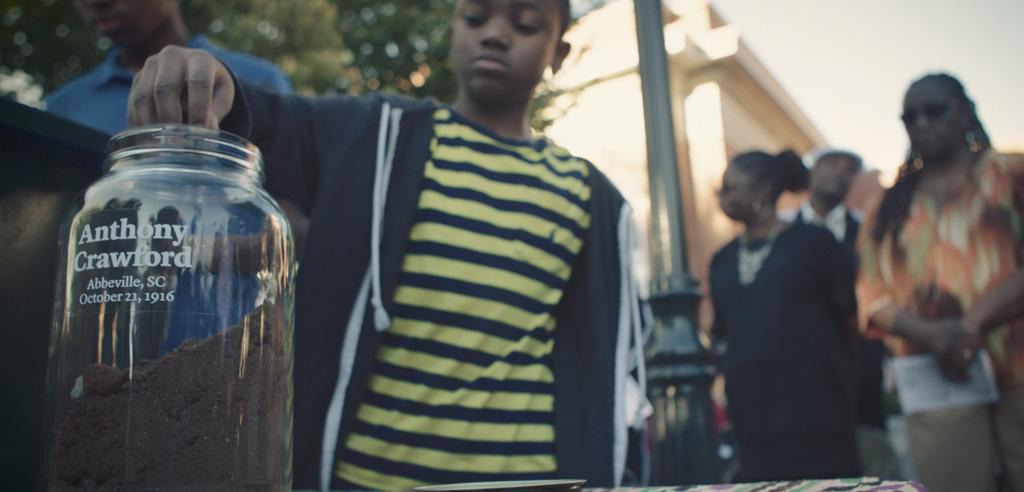

There’s a saying, “Better late than never.” In this case, “late” refers to the century-long attempt to pass anti-lynching legislation in the U.S.
More than 200 anti-lynching bills had previously been introduced into Congress without any of them being passed. Southerners and other racist congresspeople resisted any anti-lynching legislation for over a hundred years.
The first anti-lynching bill was introduced in 1901, and then a wave of bills followed, starting with an attempt in 1917. This targeted Missouri state officials for “failing to provide equal protection under the laws to anyone victimized by a mob.” (Washington Post, Dec. 28; tinyurl.com/ycr2vrl9)
Finally, on Dec. 19, the U.S. Senate unanimously passed the Justice for Lynching Act, making lynching a federal hate crime. The bill was introduced in June 2018 by Democratic Sens. Kamala Harris (Calif.); Cory Booker (N.J.); and Republican Tim Scott (S.C.). The bill classified lynching as the “ultimate expression of racism in the U.S. following Reconstruction.” (tinyurl.com/y8a28s72)
Lynching — terror tool of white supremacy
According to the Washington Post, between 1882 and 1968, at least 4,742 reported lynchings of African-American men, women and children took place at the hands of white mobs, predominantly in the South. Lynching of African Americans was used as a terroristic strategy and tool to maintain white dominance and supremacy throughout the U.S. Ninety-nine percent of perpetrators went unpunished by state and local officials, including those who admitted to and bragged about committing the act. (Dec. 28)
The 1863 Emancipation Proclamation had been followed by the Reconstruction “experiment” period and then by close to 100 years of the Jim Crow/apartheid system of legal segregation between white and Black citizens.
In 1892, journalist Ida B. Wells-Barnett publicly exposed the rape myth that justified lynchings and racist oppression with false accusations of Black men for supposedly raping white women. Wells-Barnett, born into slavery in 1862, provided the true facts in “Southern Horrors: The Lynch Law in All Its Phases.”
The NAACP, founded in 1909, issued a report on 30 years of lynching between 1889-1919, denouncing the U.S. as “the only advanced nation whose government had tolerated lynching.”
Noted scholar and activist W.E.B. DuBois published articles in the NAACP magazine, the Crisis, highlighting the horrors of lynching, and advocated legislation to stop it. Beginning in 1920, after every lynching the NAACP hung a flag from its New York offices with the words: “A Man Was Lynched Yesterday.” In the 1930s the NAACP continued its attempts to secure federal anti-lynching legislation. However, Southern Democrats and Northern Republicans defeated every sponsored bill.
In 1935, the Communist Party USA exhibited anti-lynching art in New York to confront the horrors of lynching. Showing grotesque mangled and burned bodies, the art also displayed crowds of white onlookers, including children, celebrating these atrocities.
In 1939, singer Billie Holiday recorded a historic song about lynching, “Strange Fruit.” The words were written by Abel Meeropol, a Jewish poet and high school teacher, after he saw photographs of Black victims dangling from trees. These photos were lynching “souvenirs,” often made into postcards for racists to send to friends. A member of the Communist Party, Meeropol adopted the sons of Julius and Ethel Rosenberg, who were executed in 1953 after a bogus conspiracy conviction by the U.S. government for allegedly giving or selling secrets to the Soviet Union.
The death penalty as lynching
Today, the fight against lynching continues in the South with efforts sparked by Bryan Stevenson, who founded the Equal Justice Initiative based in Montgomery, Ala., in 1994. Stevenson holds that fighting racial injustice is critical to advancing equal justice for all, and racism must be challenged in order to protect basic human rights.
Stevenson also stresses the link of enslavement and lynching to the modern-day prison-industrial complex and death penalty. Stevenson said in a May 1 interview with Democracy Now!: “I think the death penalty is lynching’s stepson.” (tinyurl.com/y78w6evv)
The EJI has opened the “Legacy Museum: from Enslavement to Mass Incarceration” in Montgomery, as well as the National Memorial for Peace and Justice, paying tribute to victims of lynching. The memorial includes hundreds of jars of soil collected from lynching sites as well as iron rectangles dangling in the air, engraved with the names of those murdered. (museumandmemorial.eji.org/museum)
The power of institutional racism and the unchecked violence of hatred still permeate all aspects of politics, law and culture in U.S. society. The civil and human rights of African Americans have been violated since the first forced arrival of enslaved Africans in 1619. Domestic terrorism targeting Black people continues to this day.
The year 2019 marks 400 years of inequality and oppression of Black people in the U.S. Let it also mark renewed struggle against white supremacy.
This statement was recently issued by over 30 groups. On Friday, March 28, Dr. Helyeh…
By Jeri Hilderley I long for peace and ease as stress and anxiety overtake me.…
Los siguientes son extractos de la declaración del Gobierno de Nicaragua del 9 de abril…
The following are excerpts from the statement of the Nicaraguan government on April 9, 2025,…
The following is a statement from the organization Solidarity with Iran (SI) regarding the current…
By Olmedo Beluche Beluche is a Panamanian Marxist, author and political leader. This article was…